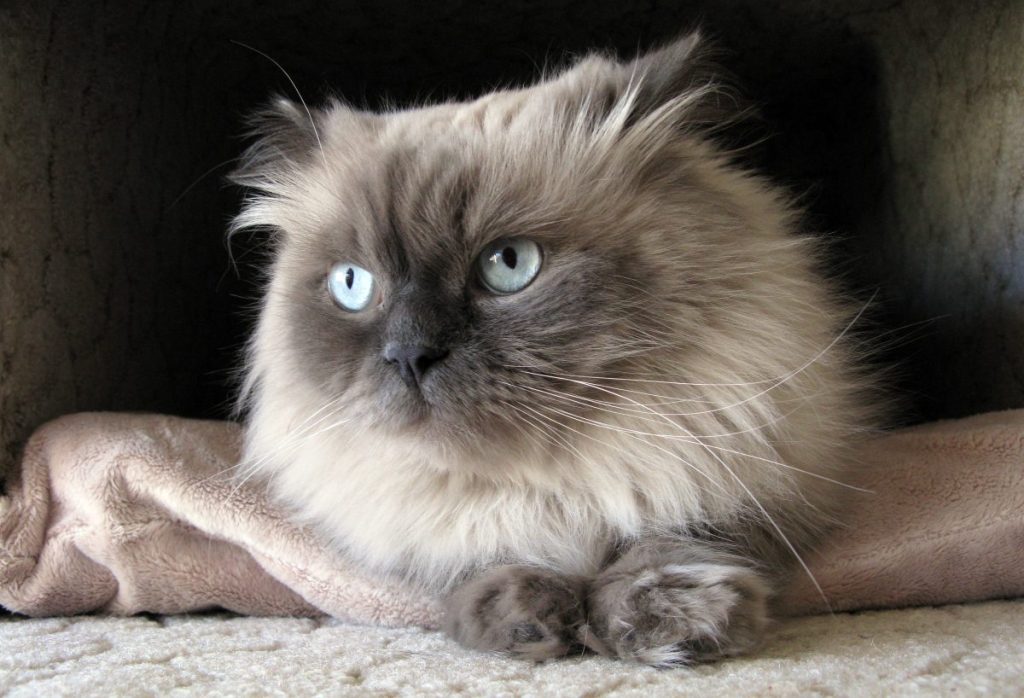The Himalayan cat is a long-haired breed who has a sweet temperament and striking appearance. They are a cross between Persian and Siamese cats and have the best qualities of both breeds. Himalayans have the dense, luxurious coat of a Persian and the distinctive colorpoint markings of a Siamese. Their eyes are always a brilliant blue, and their noses…

When it comes to water, many felines seem to have their own set of unspoken rules — and some simply…
